Trout Spinner Fishing Methods For Success
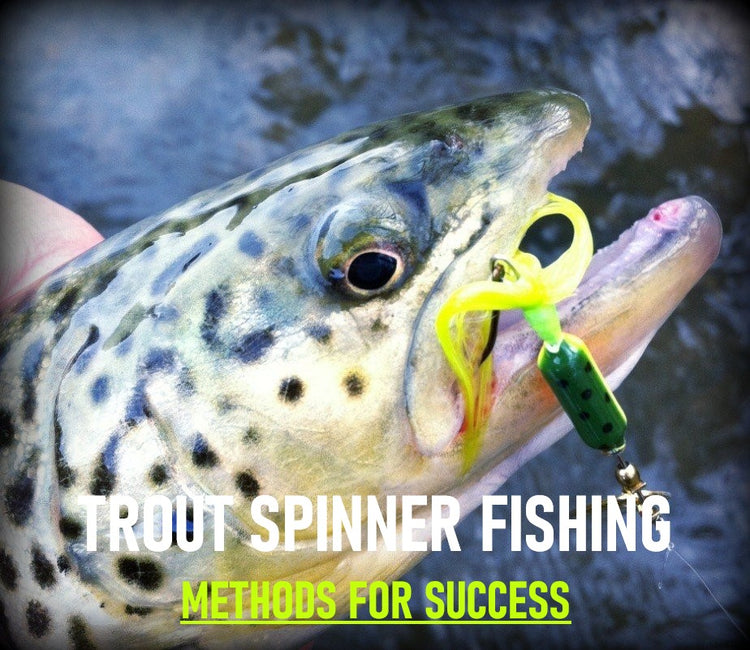
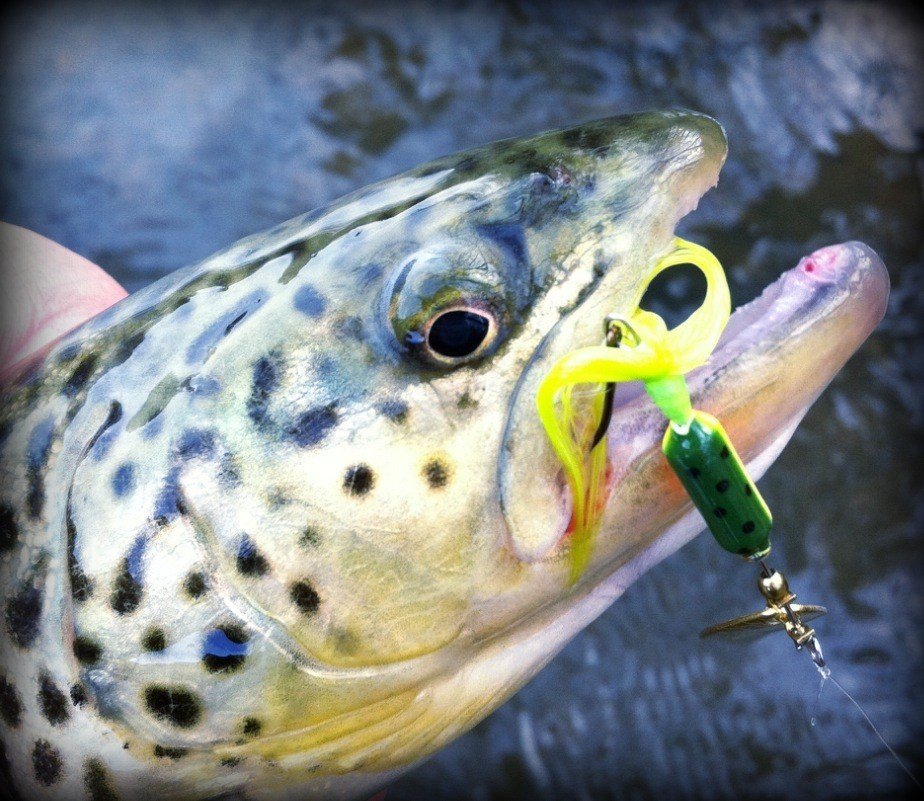
There are many techniques to use in pursuit of trout, of those, spinners are one of the most effective, especially for larger fish. A solid understanding of how to fish spinners for trout is a great addition to anyone's skill arsenal. This article and associated video will cover everything from rod and reel to, tackle and techniques.
Lets begin with the basics of the setup, rod, reel, line and terminal tackle.
- The rod you choose should be one that has enough sensitivity to feel the action of your lure working, light bites and make it more of a fight since, many times stocker trout aren't very big. Jordan prefers the new Okuma Guide Select Pro ultra-light but, any light (2-8lb) rod from 7-8’ with a fast to moderate tip will fit the bill.
- In terms of reel it doesn’t need to be anything fancy, a 2500-3000 series is large enough. The 3000 is particularly suited to spinners because it can hold a lot of line for those long-casts when using ones with heavier bodies. Again Okuma has a great variety to choose from in terms of features and price. In this video Jordan is using an RTX-3000.

- When it comes to line there are really only two options for trout, braid or mono. The advantages of braid make it my personal choice for nearly all of my fishing reels. Braid can cast further, doesn't break as easily and has no stretch to it which helps with hook sets. Mono does have one main advantage and that is transparency in clear water conditions but that can be remedied by adding a fluorocarbon leader of 6-10’ to your braid. Braid in the 10lb range has plenty of strength and small diameter to fit a lot on your spool; if using mono as the main line it should be heavy enough (8-10lb) that you can add a lighter leader to it, without worry of it breaking. Simple knots used for braid to tackle are Palomar or Double-clinch. For merging braid to fluoro I like either a blood or double uni-knot. For mono a simple clinch aka. fisherman's knot can be used. Some folks simply come to find they don’t like braid but, if you haven’t fished it, give it a chance, you might be surprised at the difference.
- Terminal tackle is pretty simple, swivels, split-shot weights and spare hooks. A size 16 swivel with a snap on the end for quick lure changes is ideal; in the video Jordan mentions using a black or gold swivel depending on water clarity. To be as stealth as possible at all times I only run black swivels, it saves a little coin and room in your tackle box too.
- Split shot weights are useful when trying to cast really far or to sink your spinner faster for deep pools. Shot size #7 or 1/16th oz. allows you to add very little weight or pinch multiple onto your line for desired performance; make sure to add them about 2-3’ above your lure so they don't possibly spook the fish. Spare hook size and point count will be determined by spinner size and local regulations as some bodies of water only allow single point and/or barbless.
There are many spinners to choose from, the image below shows a variety of some classic, go to options available for trout. When making your decision there are a few things to take into consideration. Body style plays a role in terms of how much the lure will weigh, the speed it will be fished and profile. Blades are another major factor as it will dictate how slow or fast it can be retrieved and what type of sound/thump it will produce. Trout have what's called a lateral line on their sides which helps them detect vibrations in their habitat. Those vibrations can trigger some awesome bites.

Spinners such as the old Rooster Tail are quite light and the blade spins very fast which results in a smaller thump and is less intrusive to weary fish. Panther Martin types have a vibrax style blade which thump hard and can be fished slower and generally deeper than a Rooster Tail. French blades like what's found on Blue Fox and Mepp’s Aglia are right in the middle of the thump range but, when paired with a bell body they can create quite a racket under the water which, is known to produce some amazing bites in all water types.
Deciding on color can be one of the hardest parts of spinner fishing, water color, depth and the aggressiveness of the fish are all factors when making that big decision. Trout are very color centric so don’t get hung up on only throwing one or two colors all day because that are your favorite, it might not be the fishes favorite that day. A decent variety of sizes, styles and colors/blade finishes should be in the box of anyone targeting trout, a small box with foam insert such as the ones Gamakatsu make or a Fisheng leader board, are my favorites for easy storage and organization. It's important to not let your spinners thrash around loosely in a box because over time the paint will start to chip and let me tell you spinner collections aren't cheap.
Scenting a spinner for trout is often overlooked and can be a real game changer especially when conditions are tough. There are a few options depending on the spinner; if it has hackling like a Rooster Tail you would want to use a water based scent such as Rooster Tail spray made by Pro-Cure for Yakima tackle (see image below) because gel based scents will matt down and ruin its action. For spinners without any hackling or fur Pro-cure super gels work great, because they are very sticky and last a long time in between application. One sneaky little trick I have never seen anyone else do that has produced some great results for me is to add a small ball of powerbait to the treble hook. You don't want it too big though or it can impede the action of your lure.


Trying to decide where to fish can be challenging, so there are some things to keep in mind especially in lakes where the fish are stocked. If the lake has recently been stocked a good place to start would be not too far from the boat ramp where the fish are usually dumped in. Some higher altitude lakes have tough access so the state will actually drop the fish out of a tank mounted under a helicopter, if that's the case then there are some other things to take into account when searching. Is there an inlet or outlet to the lake, during times of spawn or when the water is really warm the fish will retreat there as the incoming/outgoing water will be cooler than the more stagnant water in between.

Cover whether it is above, on or below the surface of the water is another place fish like to hide because they feel safe and can ambush prey but, be careful not to cast right into the structure or you will most likely get hung up and lose your lure. Try fishing parallel or retrieving away from structure. Cover can be something as simple as a shadow on the water especially on hot days; one of the best trout spots I've been to was on a floating dock that was over very deep water. The fish loved to hang out under it. As the shadow of the dock moved, especially on hot days the fish would follow it seeking cooler water so targeting them was very easy. A fish almost every cast wasn't uncommon with the right conditions.

The time has come, you bought your gear, tied on your spinner, chose a spot and are ready to cast. You might be thinking how do I pick apart this piece of water? Well it depends, if you are fishing cover as I mentioned, fish it so you don't get snagged so parallel or away from the structure. If it is open water I like to envision the numbers on a clock and start at about a 9 o'clock position fishing close to the bank and sweeping through 10,11,12 etc. till I get to the other bank near the 3 position. During the first sweep, I will let it sink for a 1 count, with every consecutive sweep add 2 seconds till you feel bottom. While reeling in try various speeds, because it can have a surprising effect on initiating a strike or not; if you are near the bottom don't reel too slowly though, it's a good way to get hung up since the lure will be falling during retrieval.
Whether it be a stream or lake there's a spinner that will suit the conditions. Trout fishing is a great leisurely way to get out with friends and family and have a blast; so keep an eye on those stocking schedules and go catch a few.


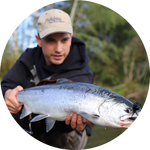

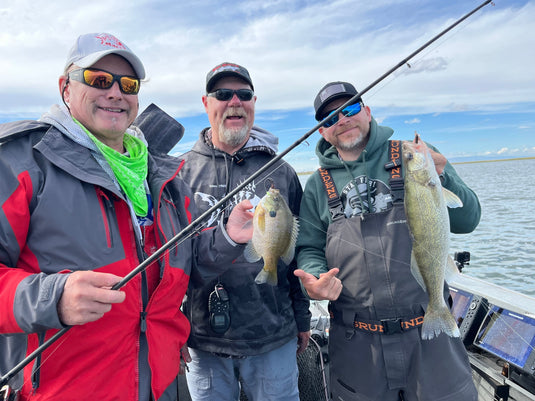

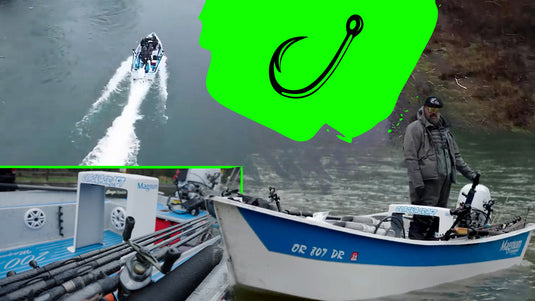

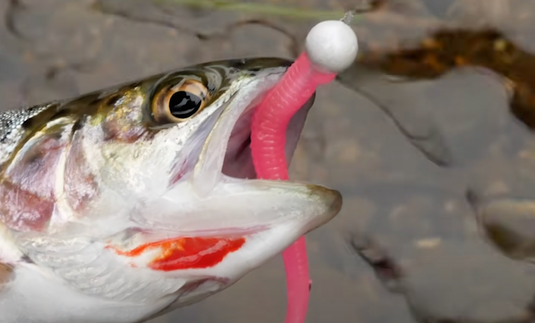
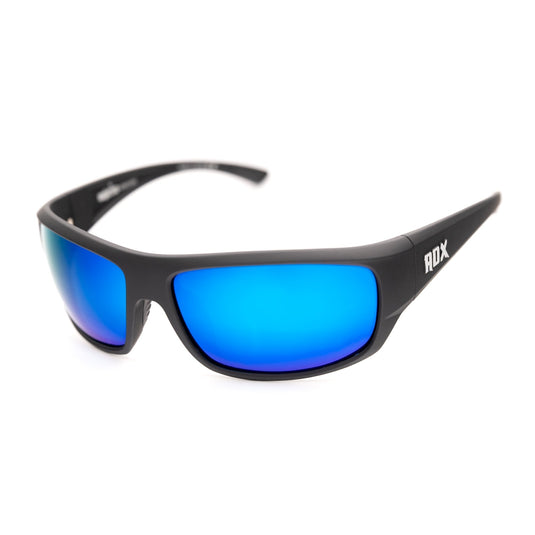
Great Post! Really happy to say that your content is fascinating to read. I couldn’t stop myself from going through every detail. Expecting more informative blogs like this in the future.
Check our page too for premium fishing tackle online: https://reeladventuregear.com/collections/buy-fishing-reels-online-usa
Great Post!
Really happy to say that your post is fascinating to read. I never stop myself from saying anything about it. Expecting more blogs. Check our page, https://reeladventuregear.com/collections/fishing-tackle
I love fishing using a spinner on the Yakima River which is only a about a quarter of a mile from my house, great Rainbow trout fishing on the Yakima River.
What’s the best way to fish spinners without getting hung up on rocks in streams or lakes?
Yes i love fishing spinners i caught my biggest trout on a spinner i love fishing roostertails, bluefoxes, and panther martins in small creeks.